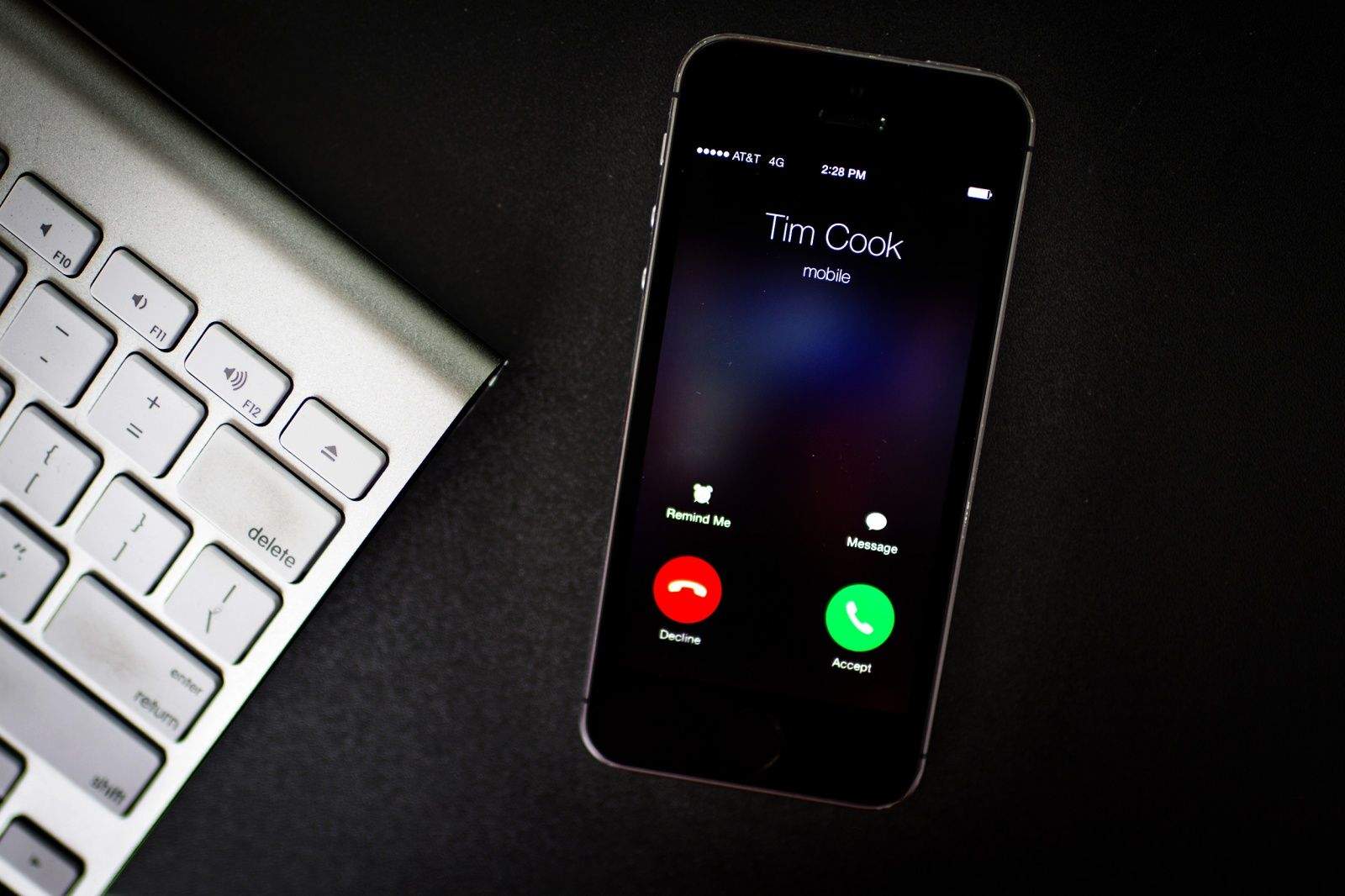Apple posted its second-highest Q3 earnings ever today, surprising investors with $45.4 billion in revenue powered by strong iPhone, iPad, Mac and services revenues.
CEO Tim Cook sounded pleased during Apple’s earnings call, but he wasn’t just looking back on the past three months. By the end of the call, Cook had analysts hyped for the future and upcoming Apple products.
Here are the five biggest takeaways from the Apple Q3 2017 earnings call.
China is doing OK
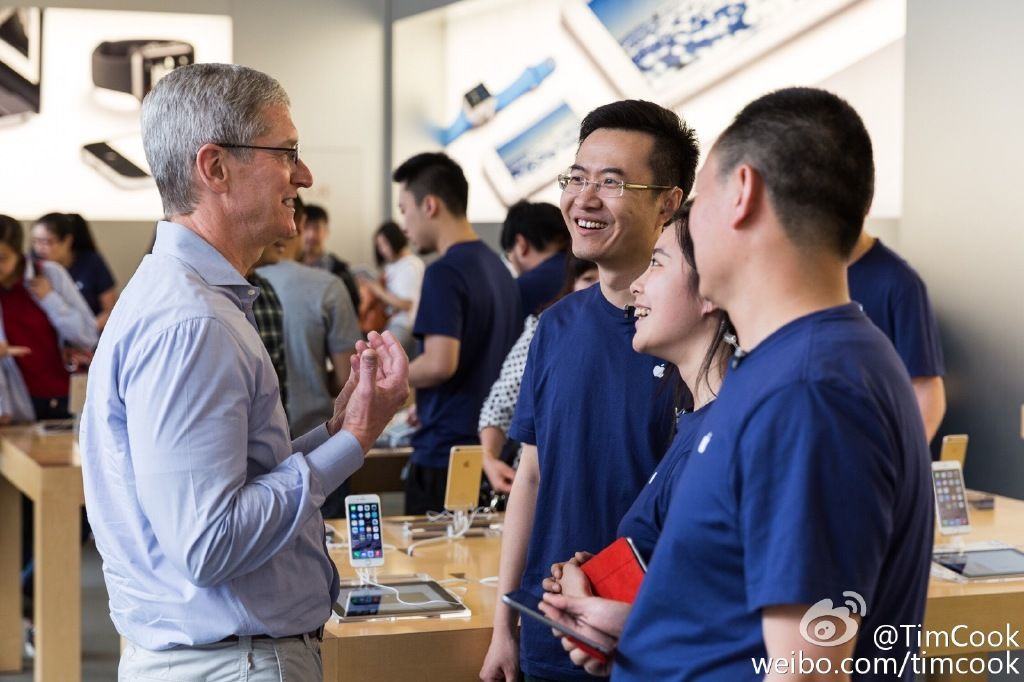
Photo: Apple
Revenues in mainland China fell compared to the same quarter last year, but Cook said he remains incredibly optimistic about Apple’s prospects in the country.
“We improved from the previous quarters a little more than I thought we would,” he said. “iPad grew dramatically more than the market. The Mac grew more than the market. iPhone was relatively flat, year-on-year. And so we see all of those as very encouraging signs.”
Switchers were at an all-time high too. Good thing Apple has new iPhones on the horizon to lure in even more Android users.
Apple services continue to boom
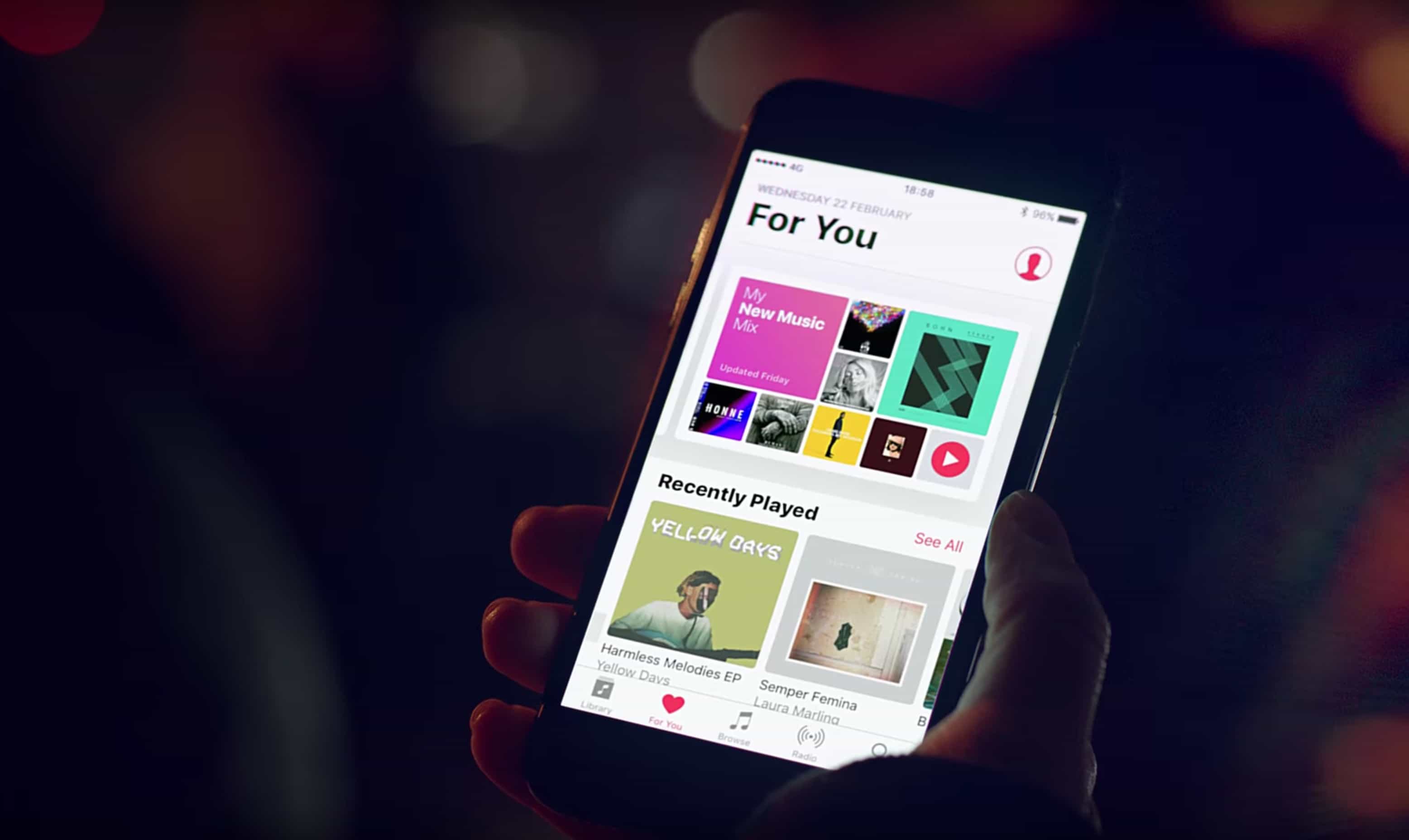
Photo: Apple
Apple hit its goal to make its services business the size of Fortune 100 company even faster than expected. Revenue from services like the App Store, Apple Music, iCloud and Apple Pay grew 10 percent year-over-year.
People aren’t just downloading free apps, either. More and more often, they are paying for apps, said Apple CFO Luca Maestri during the call. Apple is making that easier for everyone, by bringingmore forms of payment around the world (Alipay in China, for instance).
The spending profile is very similar across generations of customers, he said. “People tend to spend more over time” — a general trend across the board that means nothing but good things for Apple.
Training coders is the new building factories
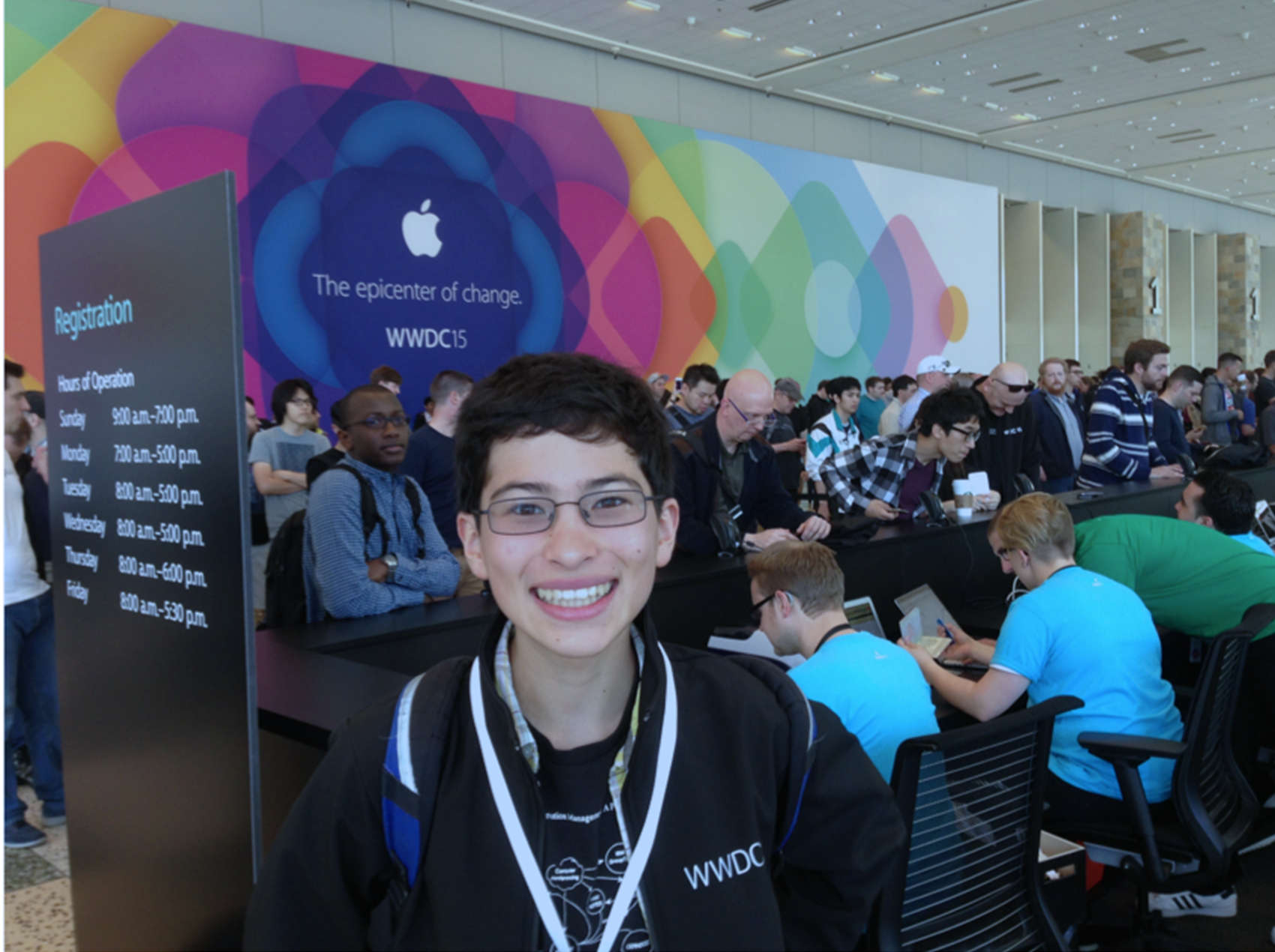
Photo: Connor Chung
Like a smooth-talking politician (remember those?), Cook is adept at staying on message. He answers the questions he wants to answer rather than those he gets asked.
For instance, when asked about the three big, beautiful U.S. factories that President Donald Trump said Apple will build, Cook smoothly pivoted and hammered his main talking point: Training coders is the new building factories.
“We’ve created 2 million jobs in the U.S. and we’re incredibly proud of that,” Cook said. “Three-quarters of the two million are app developers.”
Encouraging young people to get into app development is Apple’s key focus when it comes to investing in America’s future, Cook said. He went on to talk up things like Swift Playgrounds and other curriculum for future coders, whether they are in grade school or community or junior colleges.
These efforts could increase the diversity and quantity of the developer community, he says, and that’s “the largest contribution that Apple can make, because this is the fastest-growing job segment in the country” and will be for some time.
iPhone rumors could be a good thing

Photo: Benjamin Geskin
During Apple’s last earnings call, Cook complained about iPhone 8 rumors, saying they slow down sales of current models. Today, Cook sounded a bit more upbeat about how the rumor mill affects Apple’s bottom line.
Rumors about upcoming products like iPhone 8 continue to cause “some pause in our current numbers,” he said. In the short term, that might be a bit of a nightmare, tamping down sales. But long-term it “probably bodes well,” he admitted.
In other words, that iPhone 8 supercycle is going to mean killer sales when the next-gen phone finally lands this fall.
Smart strategy triggers massive iPad comeback
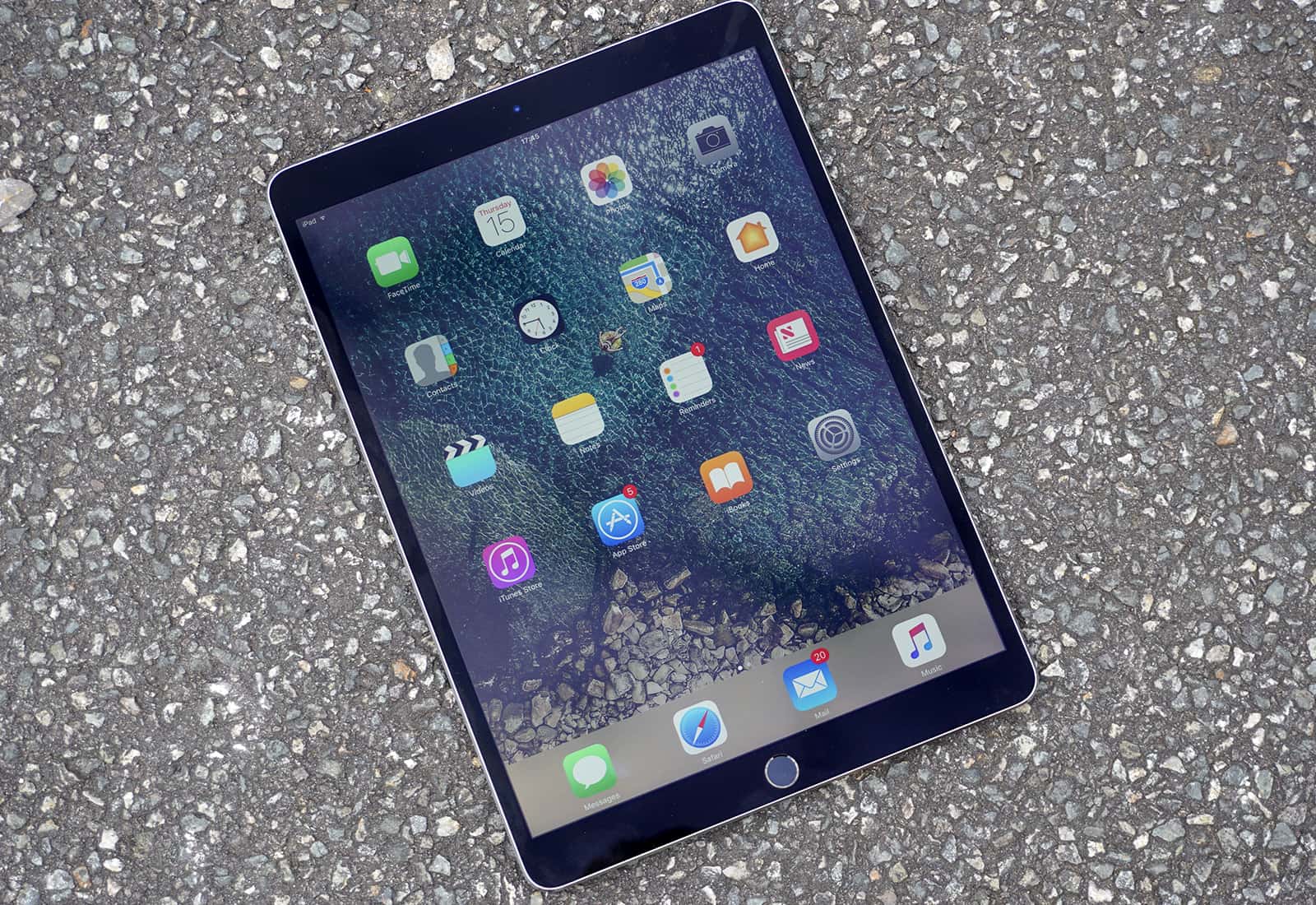
Photo: Ste Smith/Cult of Mac
When Cook said he was “very bullish on iPad” earlier this year because of exciting things in the product pipeline, he really wasn’t kidding.
At that point, iPad sales looked crappy. What a difference a couple of quarters – and a couple of new, strategically sound products – can make.
Apple’s high/low strategy — slashing the price on the entry-level iPad to $329 while charging a premium for the totally badass 10.5-inch iPad Pro — seems to be working out well. The tablet, which had been in a considerable slump, is up in every way: number of units sold, revenue and market share, according to Cupertino.
Apple sold 11.4 million iPads during Q3 2017, up 15 percent over last year. That’s a massive turnaround for a product that had basically become a victim of its own success: Buyers who previously found their aging iPads to be “good enough” finally got nudged into Upgradeville by Apple’s savvy new products.
Additional reporting by Lewis Wallace.
